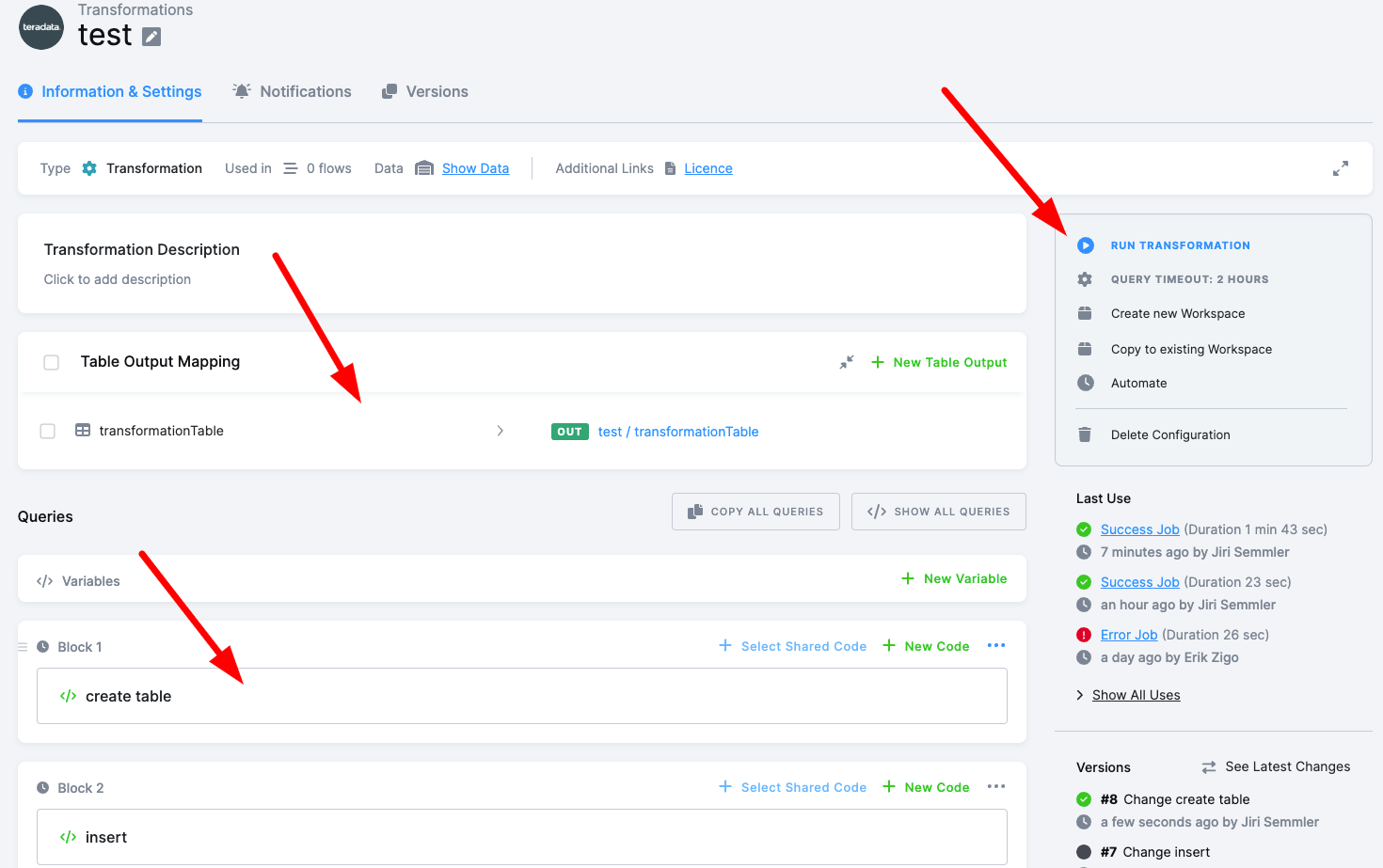- Home
- Keboola Overview
- Getting Started Tutorial
-
Components
-
Data Source Connectors
- Communication
- Databases
- ERP
-
Marketing/Sales
- Adform DSP Reports
- Babelforce
- BigCommerce
- ChartMogul
- Criteo
- Customer IO
- Facebook Ads
- GoodData Reports
- Google Ads
- Google Ad Manager
- Google Analytics (UA, GA4)
- Google Campaign Manager 360
- Google Display & Video 360
- Google My Business
- Linkedin Pages
- Mailchimp
- Market Vision
- Microsoft Advertising (Bing Ads)
- Pinterest Ads
- Pipedrive
- Salesforce
- Shoptet
- Sklik
- TikTok Ads
- Zoho
- Social
- Storage
-
Other
- Airtable
- AWS Cost Usage Reports
- Azure Cost Management
- Ceps
- Dark Sky (Weather)
- DynamoDB Streams
- ECB Currency Rates
- Generic Extractor
- Geocoding Augmentation
- GitHub
- Google Search Console
- Okta
- HiBob
- Mapbox
- Papertrail
- Pingdom
- ServiceNow
- Stripe
- Telemetry Data
- Time Doctor 2
- Weather API
- What3words Augmentation
- YourPass
- Data Destination Connectors
- Applications
- Data Apps
- Development Branches
- IP Addresses
-
Data Source Connectors
-
Templates
- Advertising Platforms
- AI SMS Campaign
- Customer Relationship Management
- DataHub
- Data Quality
- eCommerce
- eCommerce KPI Dashboard
- Google Analytics 4
- Interactive Keboola Sheets
- Kai SQL Bot
- Mailchimp
- Media Cashflow
- Project Management
- Repository
- Snowflake Security Checkup
- Social Media Engagement
- Surveys
- UA and GA4 Comparison
- Data Catalog
- Storage
- Flows
- Orchestrations
-
Transformations
- Mappings
- Workspace
- Variables & Shared Code
- dbt Transformation
- Python Transformations
- R Transformations
- Snowflake Transformations
- BigQuery Transformations
- Redshift Transformations
- Synapse Transformations
- Exasol Transformations
- Teradata Transformations
- Oracle Transformations
- Code Patterns
- Legacy Sandbox
- Legacy Julia Transformations
- Legacy OpenRefine Transformations
- Legacy Python Transformations
- Legacy R Transformations
- Legacy Redshift Transformations
- Legacy Snowflake Transformations
- Transformation Migration
- Management
- AI Features
- Home
- Transformations
- Teradata Transformations
Teradata Transformation
Teradata Vantage™ is the connected multi-cloud data platform for enterprise analytics that unifies everything: data lakes, data warehouses, analytics, and new data sources and types. Latest version 17.10 is currently supported.
Example
To create a simple Teradata transformation, follow these steps:
- Create a table in Storage by uploading this sample CSV file.
- Created table will be available in your transformation (or Workspace) via Read-only Input-mapping, so there is no option to specify standard Input mapping.
- Create an output mapping, setting its destination to a new table in your Storage.
- Copy & paste the below script into the transformation code.
- Save and run the transformation.
CREATE TABLE "transformationTable" (
"id" INT NOT NULL,
"name" VARCHAR(10) NOT NULL
);
INSERT INTO "transformationTable" ("id", "name") VALUES (1, 'john');
INSERT INTO "transformationTable" ("id", "name") VALUES (2, 'doe');
You can organize the script into blocks.
Bucket Objects for Read-Only Input Mapping
For more information on how a read-only input mapping works, visit the link.
Teradata organizes tables in databases. Each bucket in Keboola is represented by a separate database, usually following this naming pattern: <stackPrefix>_<projectID>-<bucketID>
stackPrefix– depends on which Keboola stack you are usingSAPIon https://connection.keboola.com/KEBOOLAeverywhere else
projectID– the ID of your project, which you can find in the URL.bucketID– you can find this string ID in the detail of your bucket (field ID, not the name). For this value,.is replaced by_.
However, a read-only input mapping cannot access alias tables, because technically it is just a reference to an existing schema. If you want to access a bucket that is linked from another project, you need to use the ID of the source project from where the bucket is linked.
Example:
Bucket with ID in.c-bucketOutOfTransformation in project 9435 on connection.keboola.com is represented by database SAPI_9435-in_c-bucketOutOfTransformation
© 2025 Keboola
